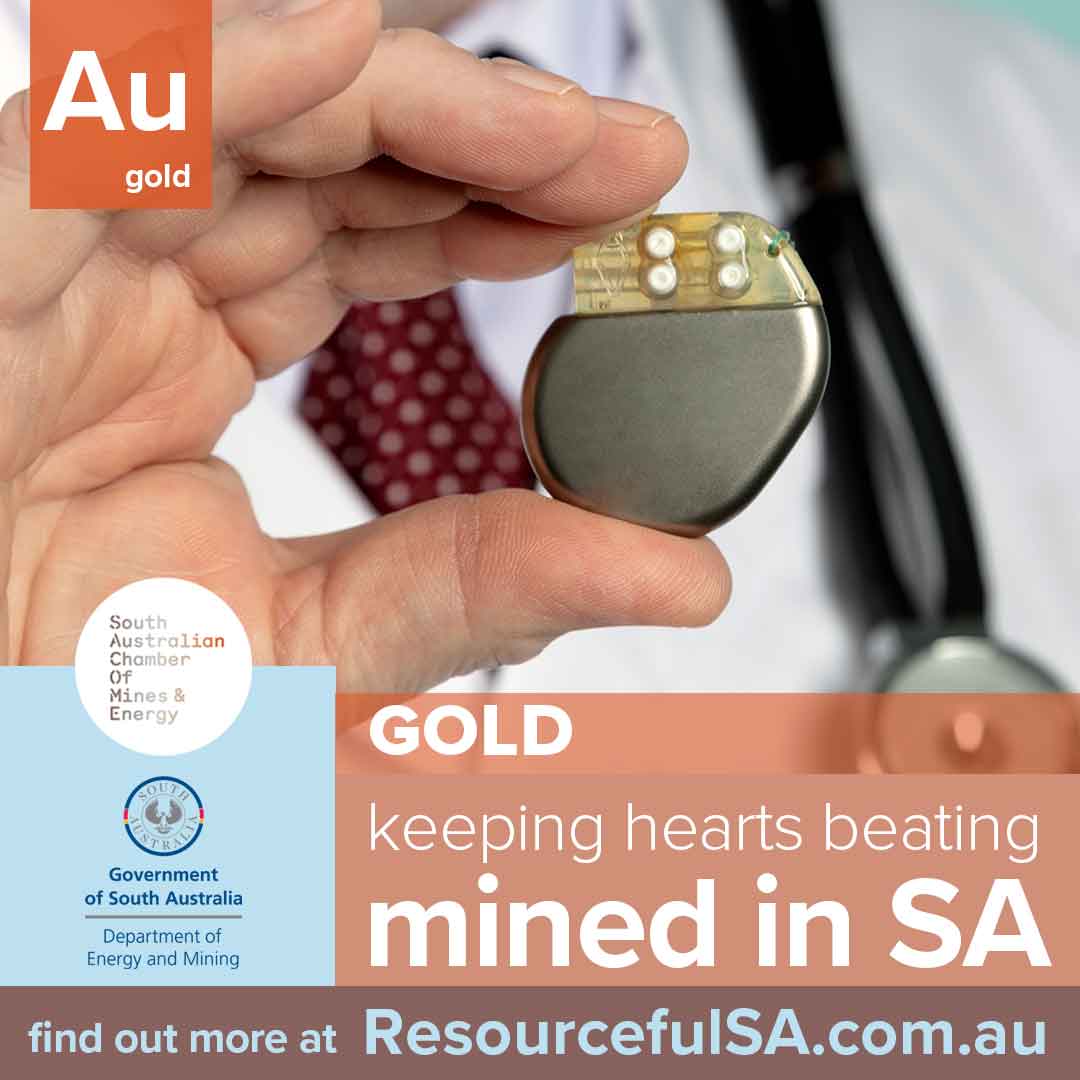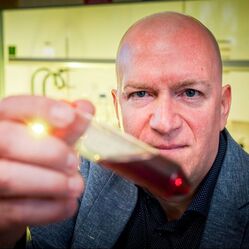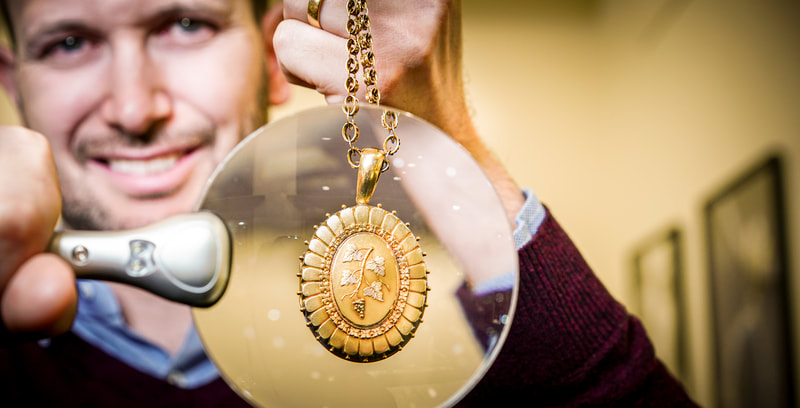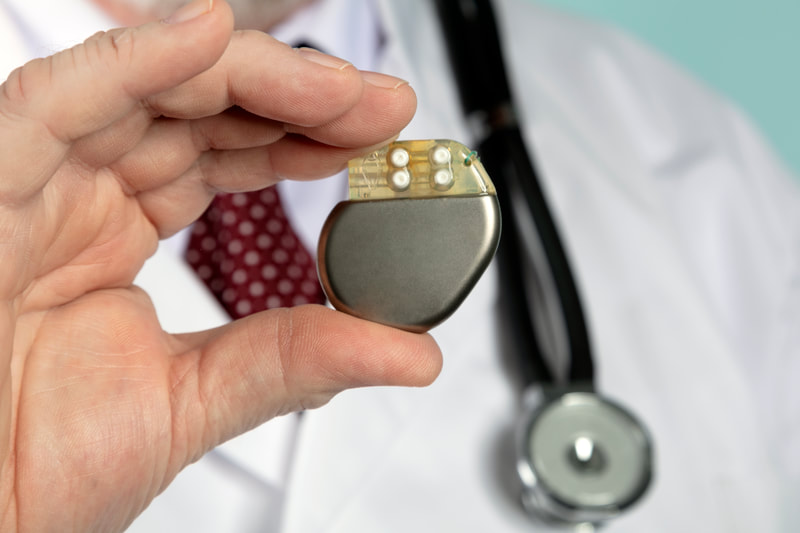|
What is Gold?
A soft metal with a characteristic yellow colour, gold is indestructible, malleable, and extremely portable. It doesn’t corrode and repels radiation, heat, moisture, and most solvents, making it incredibly useful for a wide range of uses. Gold owes its status as a precious metal due to its rarity. It is estimated that just over 200,000 tons of gold have been mined over the course of history, the bulk of which has been in the last 70 years, according to the World Gold Council. That is the equivalent to filling just four Olympic-sized swimming pool It was once worshipped as the essence of the sun. Now its durability is protecting our spacecraft. Gold doesn’t corrode. It repels radiation. And it is extraordinarily pliable – capable of being pressed into incredibly thin sheets. Such ultra-thin linings are what give combat jet cockpits and astronaut visors a golden sheen: it protects both from heat. Copper and silver are better conductors. But gold outlasts both. It’s this endurance that puts it in solid-state computer memory and flash drives.
Did you know?
Australia is the second biggest gold producer in the world, producing 321 tonnes of gold in 2020-21. Where is Gold mined in South Australia? Gold mineralisation is widespread and found in most geological provinces across South Australia as primary and / or secondary deposits. It is currently mined at at BHP’s Olympic Dam, Prominent Hill and Carrapateena mines (within copper concentrate). Rex Minerals is also developing its Hillside Project on the Yorke Peninsula which is an Iron Oxide Copper Gold deposit and Indiana Resources is advancing its portfolio of exploration tenements in the highly prospective Central Gawler Craton Gold Province. |





